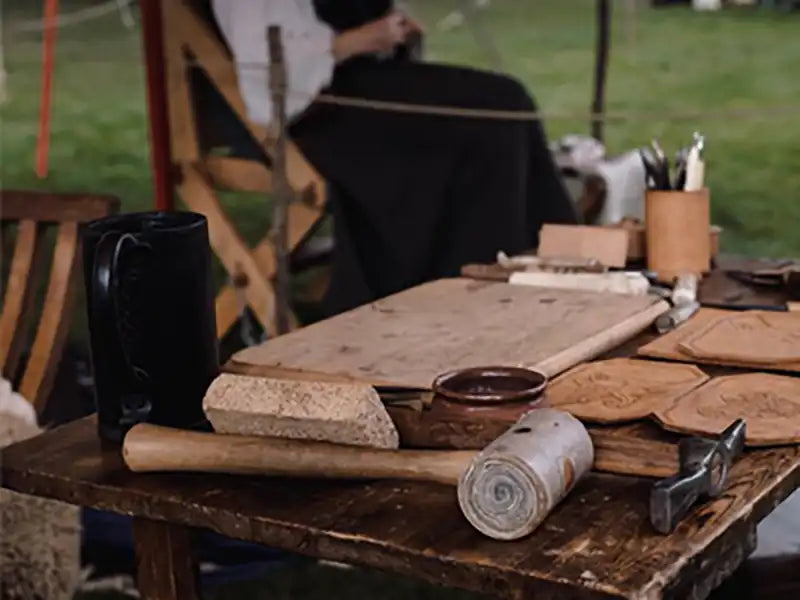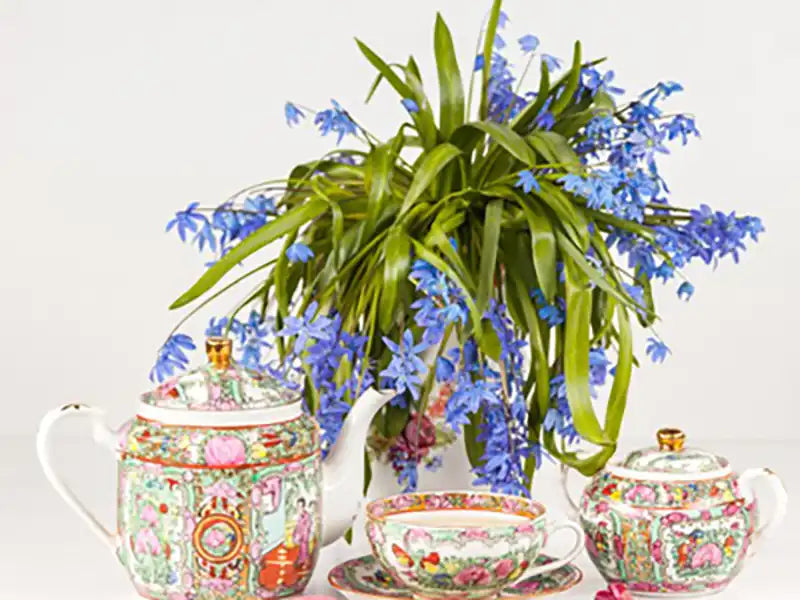Caring for houseplants may seem a little daunting as we worry about their health. Some people worry a lot about the health of their houseplants, and when they see yellow leaves, they know that there are signs of illness or adverse conditions lurking.
Yellowing of plant leaves can be due to low water, or excessive irrigation and various pests. It is not easy to check the plant roots that are in the soil, and to know the cause of yellowing of plant leaves, various factors should be considered. As:
Pests and insects
Low light houseplants
Low ambient temperature
Lack of sufficient nutrients in the soil
ُُStress in yellowing plant leaves
If you notice that the leaves of your houseplant are turning yellow, you should check for stress symptoms. The most important stressor in plants is lack or excess of irrigation. To find out how much water your plant is getting, dip a fingertip into the raw. Touching the soil surface is not enough at this stage.
If the soil in the plant is dry to the point where your finger is sunken, the reason for the yellowing of your plant's leaves may be thirst. Water your plants now and shorten the watering intervals. If the soil was moist in the first few inches, your plant is more likely to receive more water than it needs or to be flooded. Check for signs of root rot, such as mold. If you suspect that the plant is over-irrigated, adjust your watering schedule and place the plant in a pot that has better drainage so that the roots do not drown in the water.
Pests and insects, the cause of perforation of plant leaves
Apart from excessive or low irrigation, which are two common causes for yellowing of houseplants, the presence of pests and insects is another major cause of yellowing of leaves. Sometimes these insects are so small that they are difficult to detect with the naked eye, but aphids and small mosquitoes are among the most annoying pests.
After making sure your plant pest is involved, inspect the damage and attack closely. If you see small holes and holes in the leaves, the spider mite has caught your favorite houseplant. If white cotton spots are seen on the plant, the hand of the powdery mildew is at work. To control the infestation of these pests, wash the plant, prune damaged and withered leaves and stems, and spray the plant with a special insecticide that you purchased from the greenhouse. You can also use half or neem tree oil for this purpose.
Low light houseplants
Another cause of yellowing of plant leaves is the lack of sufficient light to meet their needs. If there is not much natural light in your apartment, you need to think of a solution.
If the pot is in the shade of the house, move it to a brighter place or place it next to the window for at least a few hours. After moving the pot, you should take more care of it so that it does not cause any problems. Remove the curtains and let the plants soak in the natural sunlight.
Low ambient temperature for flowers and plants
Most species of houseplants belong to the tropics and therefore do not like cold weather. If you place your houseplant next to a window that is bothered by heat and cold, do not be surprised if its leaves turn yellow.
Your plant may also catch colds, and cold parts of the house are especially dangerous for houseplants, especially in winter. Even air conditioning, which is always on, can cause damage to your plant. Also keep in mind that the colder the ambient temperature, the less need for irrigation in plants and you should irrigate the plants at longer intervals because soil moisture does not evaporate quickly due to cold weather.
Lack of sufficient nutrients in the soil
You might think that the plant gets all its nutrients from the soil, but if you notice that the leaves of the plant are turning yellow, it indicates that the lack of nutrients has contributed to the photosynthesis of the plant.
If old leaves are turning yellow and new leaves are looking bright green, nitrogen deficiency may be the cause. Look for fertilizer that has this element and do the fertilization according to the instructions. Know that fertilizing a plant burns the plant more than the required dose. When you feed the plant properly, your plant will recover and return to a healthy life.






